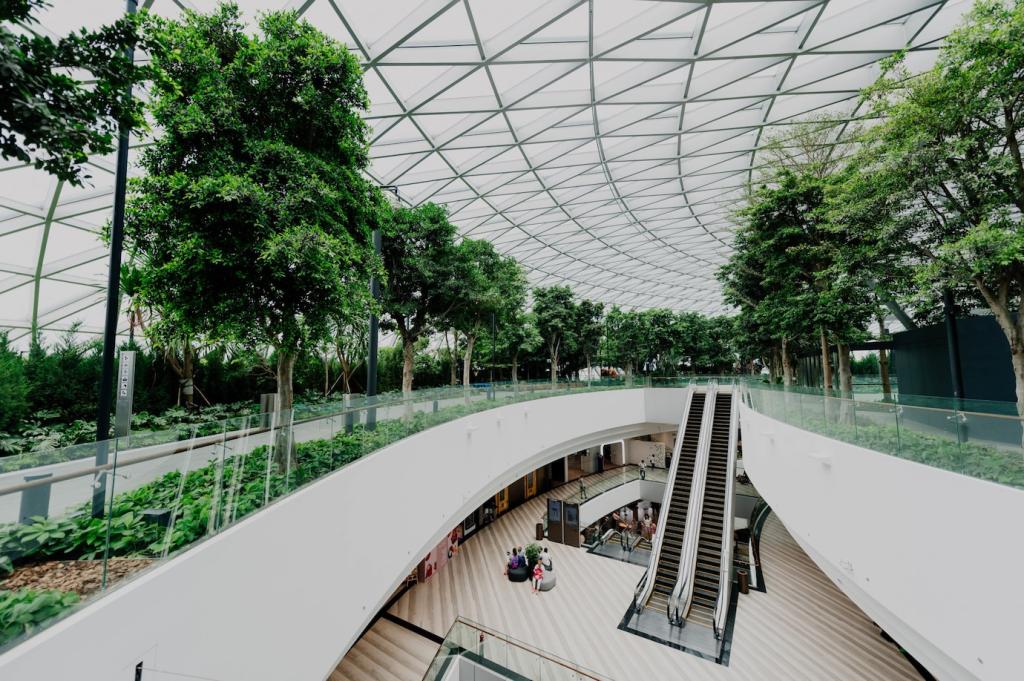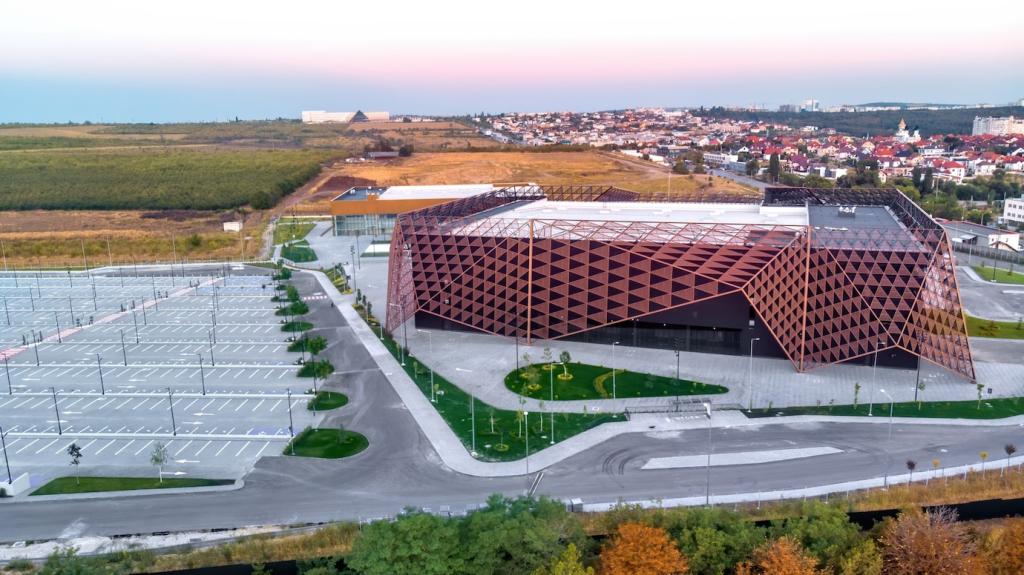Water Conservation Techniques for Tiny Living
Adopting a tiny living lifestyle involves more than just downsizing your space—it encourages a mindful approach to resource use, especially water. Water conservation becomes a crucial factor, not only because of the space limitations but also due to the need for sustainable and efficient living. Employing smart techniques for water conservation can help tiny home dwellers minimize their environmental impact, lower utility bills, and enjoy greater independence, whether connected to city utilities or living off-grid. This page explores essential methods and practical insights into saving water while embracing the tiny life.

Mindful Showering
Showering tends to be one of the most significant sources of household water consumption, even in a tiny house. Embracing shorter showers or opting for water-saving practices, such as turning off the tap while lathering or shampooing, can substantially cut down water use. Many tiny house dwellers set time limits for showers or use low-pressure showerheads to further minimize waste without sacrificing comfort. Adopting this mindful routine establishes a culture of conservation that extends throughout the household, making it easier to sustain water-saving habits over time.

Minimalist Dishwashing Techniques
Washing dishes in a tiny home presents an opportunity for significant water conservation. Instead of allowing a faucet to run continuously, many tiny homeowners fill a basin with soapy water for washing and another for rinsing. Some even reuse slightly used gray water from other tasks for initial rinsing, followed by a clean water final rinse. This approach, combined with washing dishes promptly before food hardens, prevents the need for multiple wash cycles, ensuring minimal water use without compromising on cleanliness or hygiene.

Conscious Laundry Practices
Laundry in a tiny living scenario is typically less frequent due to space constraints, but even so, water-efficient habits make a notable difference. Wearing clothes more than once when appropriate and waiting until there is a full load before washing ensures every wash maximizes water efficiency. Additionally, choosing to hand wash lighter items using minimal amounts of water or utilizing high-efficiency portable washers further cuts down on unnecessary water consumption, making laundry a sustainable process in tiny homes.
Water-Efficient Technologies
Low-Flow Fixtures
Low-flow sink faucets, showerheads, and even toilets are essential additions for enhancing water efficiency in tiny homes. These fixtures are engineered to significantly reduce the volume of water used per minute or per flush compared to traditional models, without sacrificing performance. Easy to install and widely available, low-flow fixtures quickly pay for themselves in water savings, making them a pragmatic choice for those aiming to create a sustainable tiny living environment.


Composting Toilets
Composting toilets are particularly popular in tiny homes, especially those that are off-grid or mobile. These systems treat human waste without water, transforming it into compost over time and completely eliminating water use for flushing. Not only do they conserve water, but they also reduce the strain on septic or sewer systems. Composting toilets represent a pivotal shift towards sustainable sanitation, aligning perfectly with the ethos of resourcefulness and independence that defines tiny living.
Rainwater Harvesting and Storage
A well-planned gutter system allows the efficient collection of rainwater runoff from a tiny home’s roof. Even though tiny houses have a smaller roof area compared to conventional homes, the surface is still sufficient for gathering a meaningful supply with the right system in place. Proper installation, including clean gutters and downspouts directed towards storage tanks or barrels, ensures minimal water loss and maximizes the potential yield from every rainfall.
Effective storage involves more than just placing a barrel under a downspout; it requires food-grade, sealed containers to prevent contamination and evaporation. Filtering systems—ranging from simple mesh screens to multi-stage filters—are critical to remove debris and impurities before the water enters the storage tank. Filtering is especially important if you intend to use collected water for activities beyond garden irrigation, as it ensures safety and extends the utility of harvested rainwater.
Once rainwater is collected and stored, its use must be prioritized for tasks that don’t require potable water. In tiny homes, harvested rainwater is frequently used for flushing toilets (if present), garden watering, and even laundry, provided it is filtered appropriately. Understanding the quality of stored water and using it for the most suitable purposes lets tiny home dwellers stretch their water resources further, aligning daily living with conservation goals.
